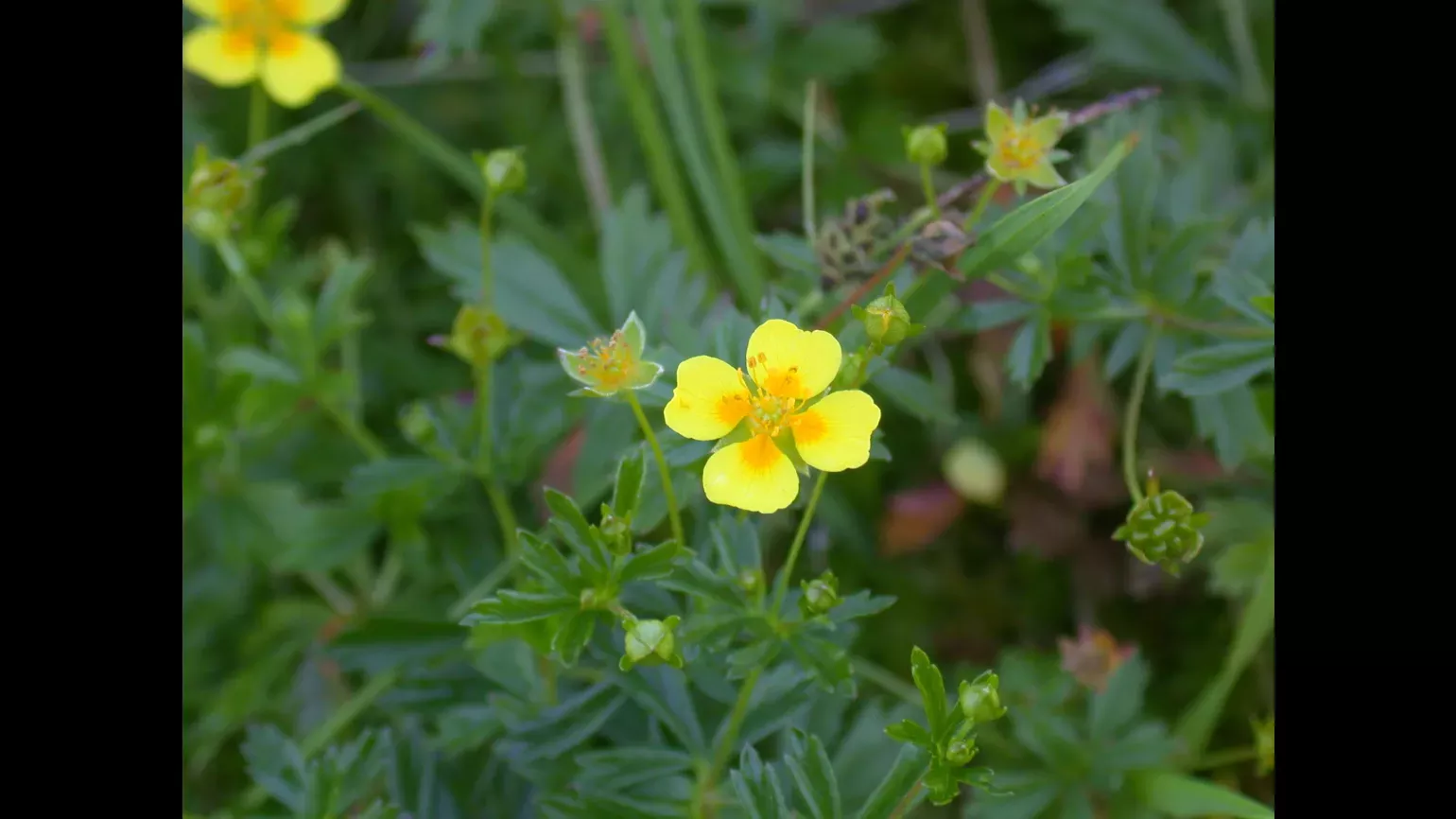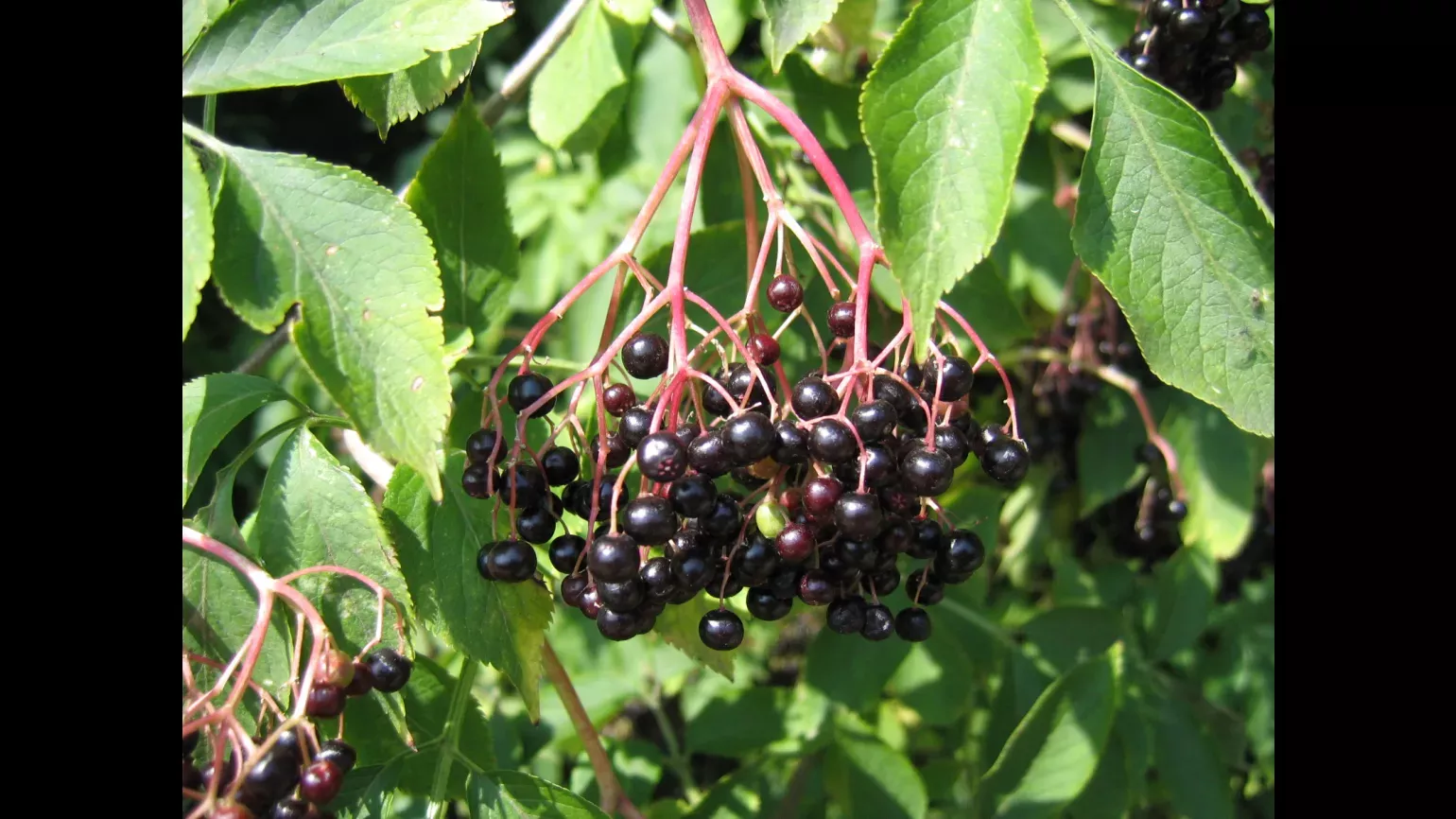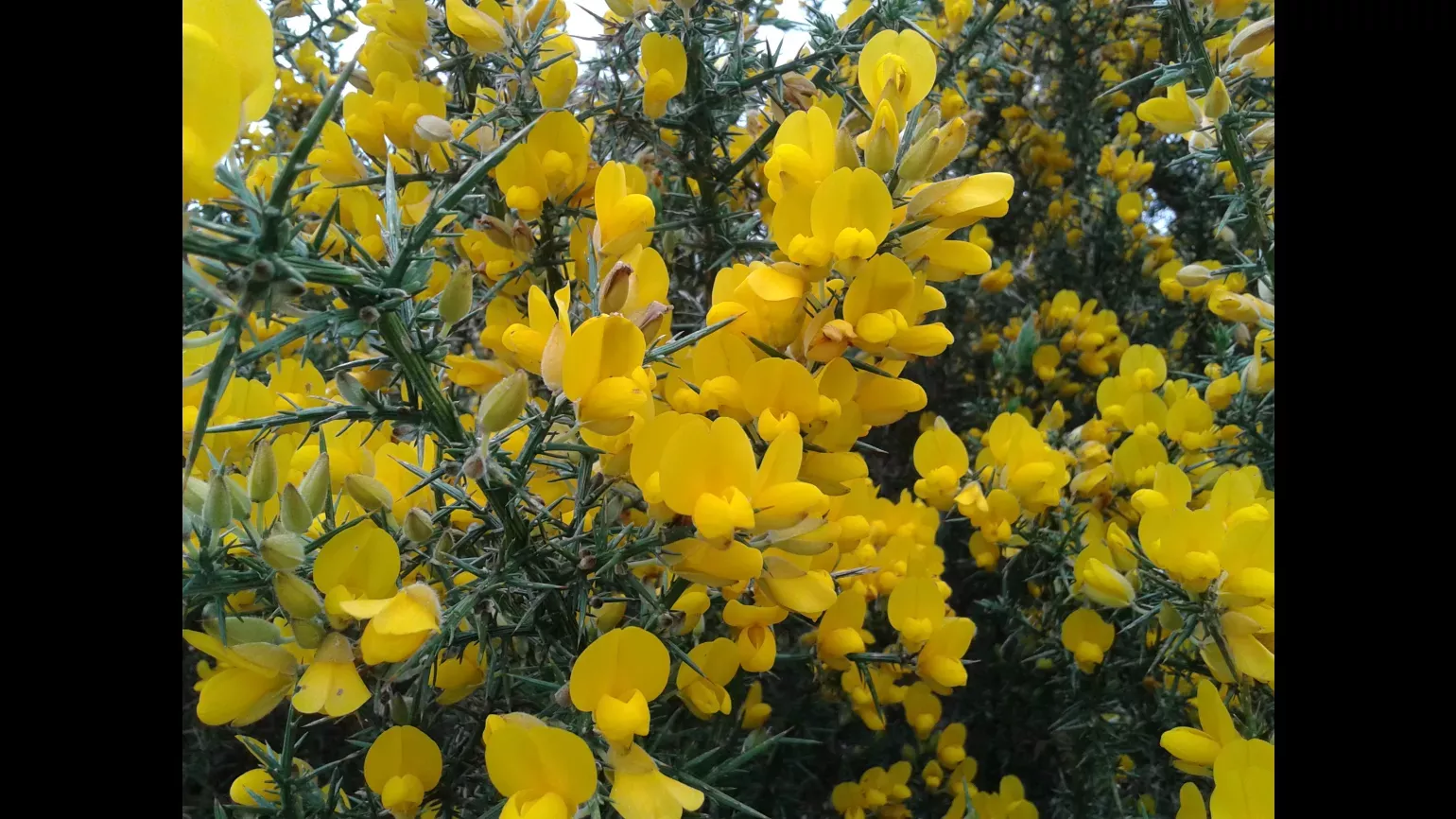24 January 2024
Why do sheep eat ivy?
Disappearing knowledge of how plants and fungi were (or are) used to treat animal illness in Britain and Ireland could help animal health and the wider environment.

We call the knowledge of how plants and fungi can treat illness in animals “ethnoveterinary knowledge”. Until recently we wondered if that knowledge still exists.
Embarking on a new citizen scientist project, we reached out to local newspapers and online forums to tap into what remains of Britain and Ireland's historic veterinary tradition.
This knowledge could be used to help develop novel biodegradable medicines for animal health and reduce the excess use of veterinary pharmaceuticals. The latter is causing enormous damage to our soils and insect populations, and slowly leading to the rise of anthelmintic (anti-parasitic) and antibiotic resistance in serious diseases.

The traditional knowledge of Britain and Ireland
While ethnoveterinary surveys have been conducted in other parts of Europe, never has it been done in-depth in Britain and Ireland.
Replies to our enquiries came from everywhere – Lancashire, Cumbria, Somerset, Cavan, Sligo, Aberdeenshire, Moray, Caernarvonshire, and several other counties – as letters, emails, and forum responses. Some knowledge is still being used to treat animals today, whilst others were used in the past by parents or grandparents but are now no longer practiced.
Here is just a flavour of what came to us:
“My father had worked with horses from an early age. One day the head horsemen decided that this horse (that wasn't thriving) had worms. He told Dad that when they were going round the cattle, he would collect some broom [Cytisus scoparius] and make a soup and dose the horse, which he did. A day or so later there was evidence of worms being passed in the horse's dung. I don't know what part of the broom he used or the exact preparation, but I remember he made a soup.” - Scottish Borders
“My granny in the 1930's used tormentilla [Potentilla erecta] to cure scour [diarrhoea] in calves, either fed dry in wintertime or green in summer or made into tea if they wouldn't take it. She was a gamekeeper’s wife in the cabrach.” - Moray
“We use ivy [Hedera helix] leaves for sick sheep when they have lost their appetite or when there is a lot of snow on the ground.” - Cumbria
“My husband says that years ago his father put Puff Balls [Calvatia gigantea] on the shelves in the cow shed and the stable. They then dried out and the centres turned to powder. When a cow or a horse injured its leg, the powder was "puffed" on to the injury to aid the healing process, apparently with great success.” - Leicestershire
“An old horseman whom I knew very well in the nearby village (Tebay, Cumbria) regularly went out in spring to pick wild garlic leaves [Allium ursinum] which he fed by the handful to his Fell ponies to worm them.” - Cumbria




Early citizen science: the Irish School’s Folklore Collection
We also researched traditional knowledge from the National Folklore Collection UCD Digitisation Project. Schoolchildren in the 1930s were tasked with asking their parents and grandparents about folk medicine, animal husbandry, religion, beliefs, and trade. It’s a time capsule to a period that has now disappeared.
Digitised through citizen science, the collection is freely available online. It yielded more interesting insights:
“Ivy [Hedera helix] is used for curing sore eyes on cattle or sheep. It is bruised together until the juice is squeezed out. It is then rubbed well on the sores. After some time, the eyes will be better.” - Dublin/The Schools’ Collection, Volume 0787, Page 366 by Duchas © National Folklore Collection, UCD
“The bark of the elder tree [Sambucus spp.] and the soft green tops were put into a saucepan with fresh butter and boiled. Then strained and left cool. This ointment was used for curing sores in cow’s paps [udders].” - Cork/The Schools’ Collection, Volume 0282, Page 161 by Duchas © National Folklore Collection, UCD
“Years ago horses - troubled with worms were fed on green fresh whins [Ulex europaeus] pounded up with a wooden mallet and gives, equal quantities of oats and whins. This gave them a beautiful coat and them free from worms.” Mayo/The Schools’ Collection, Volume 0140 Page 167 by Dúchas © National Folklore Collection, UCD.
“Swelling of the udder and milk fever in cows was usually treated by bathing the udder with a decoction of comfrey [comfrey: Symphytum officinale], a plant that used to be cultivated in gardens for the purpose and applied to the affected part while hot. The operation was carried out three or four times each day while the disorder lasted.” - Meath/The Schools’ Collection, Volume 0705 Page 18-9 by Dúchas © National Folklore Collection, UCD





Assessing traditional knowledge
All the information we found – from citizen science to published knowledge – was added to a database. The project identified 198 medicinal species of plants and fungi in total. We analysed their medicinal properties and the distribution of knowledge about individual species, comparing them with their known pharmacological properties and their uses in Europe.
Among the most common species were garlic (wild and cultivated) [Allium spp.], ivy [Hedera helix], comfrey [Symphytum officinale], elder [Sambucus nigra], herb robert [Geranium robertianum], gorse [Ulex europaeus], dock [Rumex spp.], broom [Cytisus scoparius], male fern [Dryopteris filix-mas] and oak [Quercus spp.]
Parasite infections, diarrhoea, mastitis, and cuts and wounds were amongst the medical ailments most frequently raised as targets for treatment.
Although many plants are used for the same veterinary purposes in Europe, and are known to have relevant pharmacological properties, others do not. For example, the use of gorse as an anthelminthic, dock to treat respiratory infections, or ivy to treat eye disorders haven’t been recorded elsewhere.

What really heals animals?
Interestingly, several responders didn’t specify using a particular feedstock or medicinal plant, but rather about guaranteeing access to plants for their animals. For example, the importance of grazing on fallen or felled trees as a change to normal diet and to gain extra minerals.
Also recognised was the need to give a wider access and availability of plant species to livestock, so that they can self-medicate.
“I forgot to write about self-medication. Certainly, that is what we are trying to do here. Our cattle self-medicate all the time. Our job here is to get back the diversity the fields have lost.” - Somerset
“Sheep do not find new ways to die. In general, their owners find new ways to kill them. It is by shutting them up in fields, and so denying them access to the herbage to satisfy their ever-changing needs, that sheep-keepers weaken their constitutions and render them vulnerable to whatever stresses and strains come along.” - West Sussex

Help us turn history into practical solutions!
This project has only just begun! If you have any information on the use of plants to treat animals, you can contribute your knowledge to our project.
We’ve also seen that many of the older traditional knowledge informants don’t always use the internet – we need to go to them and interview them for their knowledge before it’s lost. For the next step, we aim to research pharmacological properties in promising species, for the development of new biodegradable medicines for animal health.
So why DO sheep eat ivy? Perhaps it’s just to cure a lost appetite! Or perhaps as self-medication, to treat intestinal worms?
What else could you help us find out?



